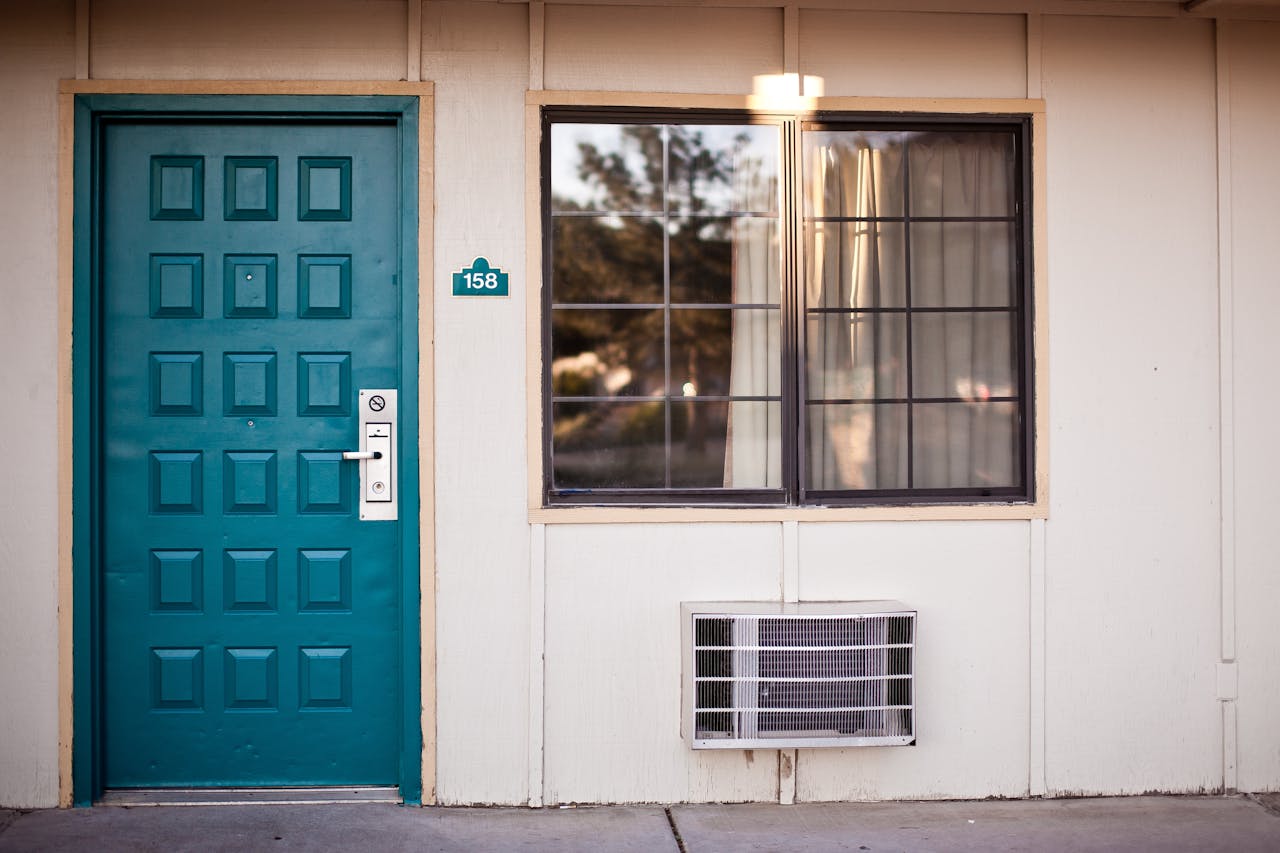The Most Common AC Solutions That Work Well in Family Homes

Comfortable indoor temperatures are a necessity in family households. From keeping infants cool during naps to maintaining a safe environment for elderly family members, air conditioning plays a major role in home wellness. While there are many air conditioning systems available today, some are particularly well-suited for family homes due to their efficiency, noise level, maintenance demands, and overall performance.
Whether you're building a new home or upgrading an older system, understanding the options available helps ensure you choose a setup that supports daily life and long-term comfort. The right choice depends on your budget, layout, local climate, and how much control you want over indoor temperatures.
Central Air Conditioning for Whole-Home Comfort
One of the most popular systems in family homes is central air conditioning. This setup works by distributing cooled air through ducts in each room, providing uniform temperature control. It's often installed alongside a furnace, sharing the same ductwork for both heating and cooling.
Central AC works well in homes with open floor plans or multi-level layouts. Thermostat settings allow users to program schedules and monitor performance with ease. In larger homes, zoning features can be added, allowing you to adjust the temperature in specific parts of the house independently.
Though installation can be costly, central AC systems tend to last many years and are known for reliable performance. If your home already has ductwork in place, the process becomes even more straightforward and budget-friendly.
Choosing What Works for Your Family
There's no single best AC solution for all homes. The right choice depends on your layout, climate, and daily routine. If you're remodeling or moving into a new home, consult an HVAC specialist to assess your options. For those looking to upgrade, it's worth comparing newer models to your existing setup to identify potential savings.
In some cases, homeowners may want to balance more than one system type. A family might use a central AC unit throughout most of the home, while relying on a mini-split for a finished basement or bonus room. The goal is to maintain a comfortable environment without wasting energy.
Families seeking convenience and efficiency might want to explore their options through local contractors and service providers. You can find reputable professionals to help you get your AC installed properly and safely. Make sure they're licensed, insured, and able to provide references.
Ductless Mini-Splits for Flexible Room-by-Room Cooling
In homes without existing ductwork, ductless mini-split systems offer an excellent solution. These systems consist of an outdoor compressor and one or more indoor air-handling units. Each indoor unit can be controlled separately, giving family members control over the comfort of their personal spaces.
Ductless systems are highly energy-efficient and allow for customizable climate zones. This is especially helpful in families where preferences vary from room to room. They're also useful in additions or areas that aren't connected to the main duct system, like garages or sunrooms.
Many ductless units feature built-in air filtration, which can help reduce allergens and improve air quality for children or individuals with respiratory issues. Their quiet operation and compact design make them appealing for households seeking minimal noise disruption.
Window Units for Temporary or Targeted Use
For smaller homes, apartments, or rooms that require additional cooling, window AC units are a budget-conscious choice. These units are installed in window frames and provide localized cooling for individual rooms. They're more than practical for renters or homeowners who need a temporary solution during hot months.
Though less energy-efficient than whole-home systems, modern window units come with energy-saving settings, remote controls, and digital thermostats that improve usability. Families using window units often pair them with fans or blackout curtains to maintain indoor comfort during heat waves.
While installation is relatively easy, it's important to ensure the unit fits securely and seals properly to avoid leaks or energy waste. Window ACs require regular filter cleaning to maintain peak performance.
Hybrid Systems for Balanced Energy Use
Hybrid systems combine the benefits of traditional HVAC with modern efficiency by allowing you to switch between gas and electric power. On hot days, the electric heat pump cools your home efficiently, while colder weather triggers the gas furnace.
This dual-fuel approach ensures your home stays comfortable while using the most cost-effective energy source for the conditions. Families who live in regions with seasonal weather changes can benefit from the adaptability of this system.
Hybrid systems typically come with programmable thermostats, enabling advanced control over schedules and settings. You'll enjoy both comfort and energy savings, making it a smart choice for long-term value.
Smart Thermostats for Custom Control
Regardless of the system you choose, adding a smart thermostat brings enhanced control and efficiency to your AC setup. These devices let you adjust temperatures from your phone, set schedules, and even learn your household's habits with time.
With features like remote monitoring and energy reports, smart thermostats encourage families to use their AC more efficiently. Children can be kept comfortable during sleep hours, while parents can reduce cooling during times when the house is empty.
Smart thermostats work with most modern AC systems and are easy to install. Some models integrate with voice assistants and home automation platforms, giving you even more flexibility.

Keeping a family home cool, quiet, and energy-efficient requires choosing an air conditioning system that matches your lifestyle. Whether you prioritize sustainability, zoning flexibility, or ease of use, there's a solution that fits. By considering the layout of your home, your climate, and how your household uses each room, you can make an informed decision that supports comfort year-round. Investing in the right AC system today helps create a healthier, more relaxing environment for every member of the family.
Published 7/24/25